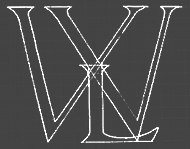2017-01 January
In the planning stage of a novel, well before I start writing, I spend a helluva lot of time creating the main characters, usually two women. For each, I create a document that details everything about her, from the obvious, such as physical looks, to the obtuse like her hopes and dreams, what she values and what she wants out of life. Much of it I never actually use in the writing, but I begin with a very good idea of what both are like.
This process makes each character very real and clear to me. It’s important because I need to know what she’s likely to think, say and do in any given situation. She must have a credible history before she meets Whatshername – that woman she’s about to fall in love with. Her history may include family structure, ethnicity, education, career, health, relationships, stellar successes / abject failures, and especially her strengths and weaknesses.
Deciding on a name is an intriguing, instinctual exercise, feeling for the right sound that personifies the character. Also, I research the meaning of a name and use numerology to analyse its implicit energy, sometimes adjusting the spelling to suit what I want it to convey. For instance, in Milgrane, just from their names you can tell that Sabine Zaffiro is the sensuous, shapely girl with secrets. And that Taite O’Dath is the uptight, angular, no nonsense investigator. Usually, I find a photo of a celebrity or actress who approximates how they look, just so I have a mental image as well.
Do I do the same for lesser characters? Not to the same extent, but I’m particularly careful with names, given the vastness of the internet, so as not to inadvertently implicate the innocent!
